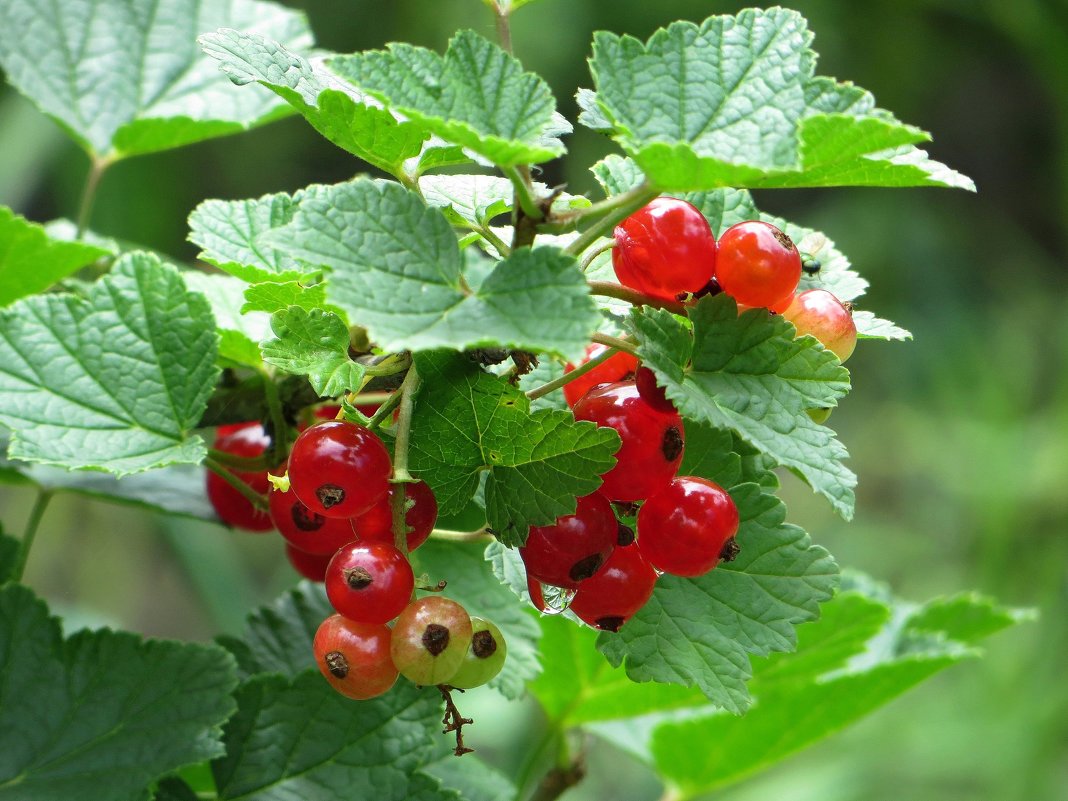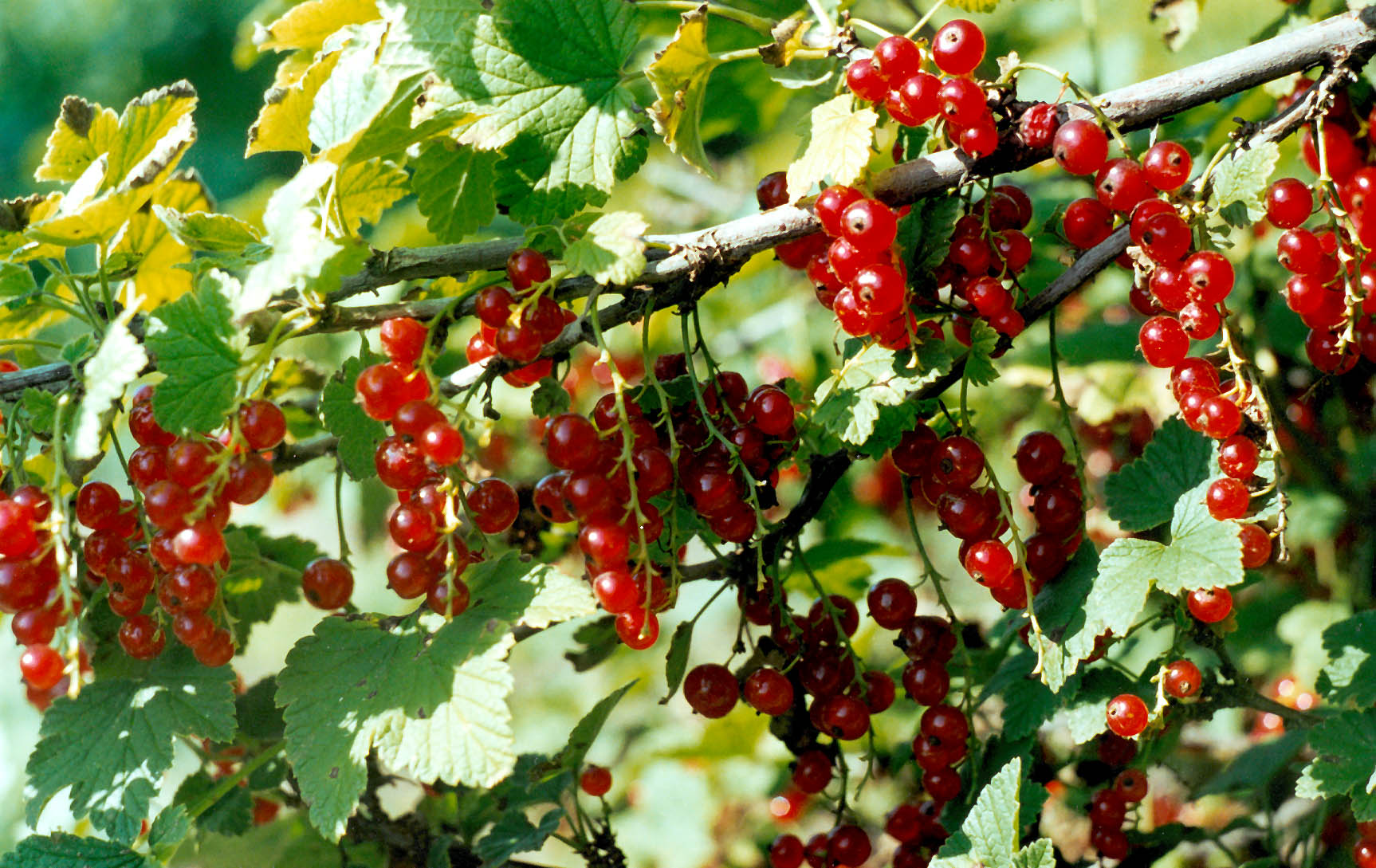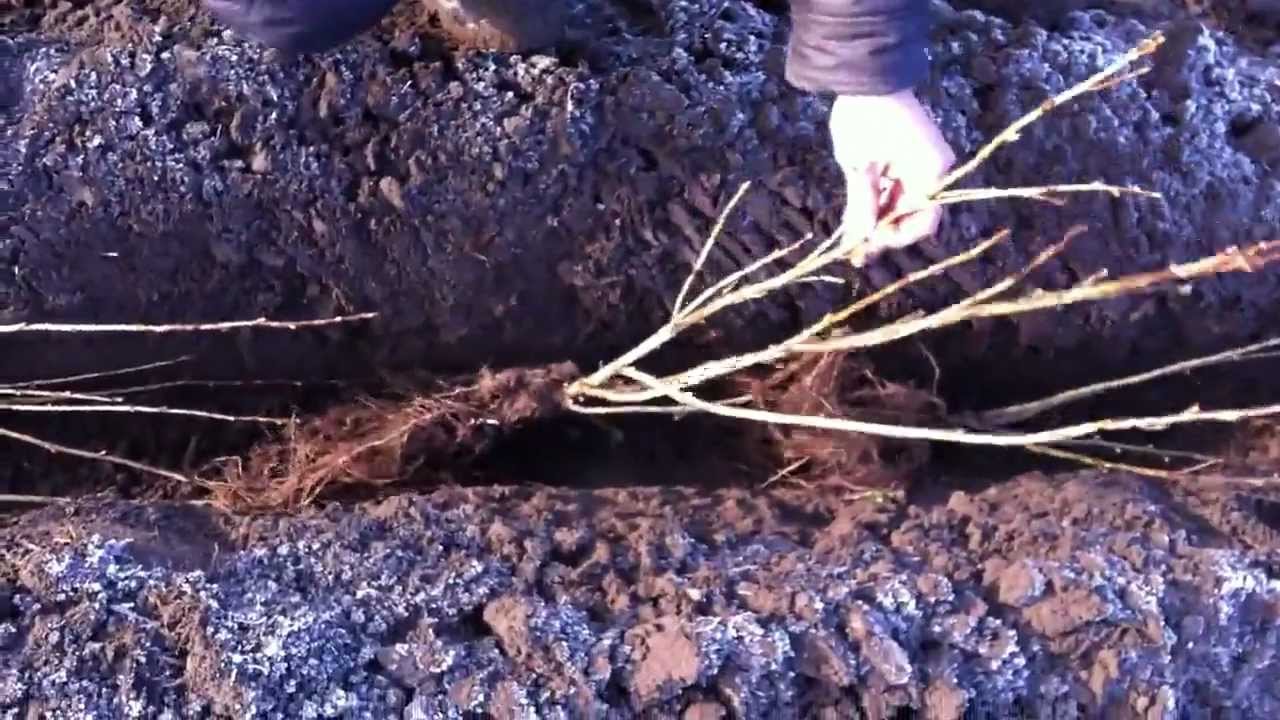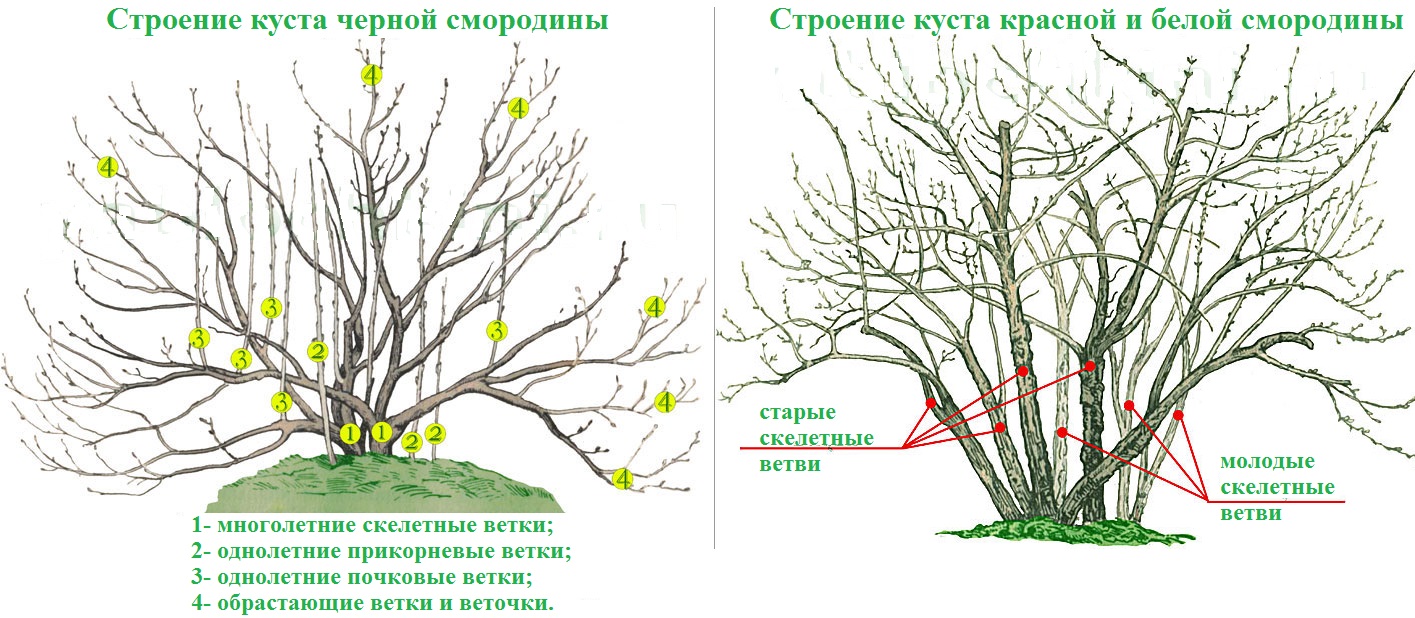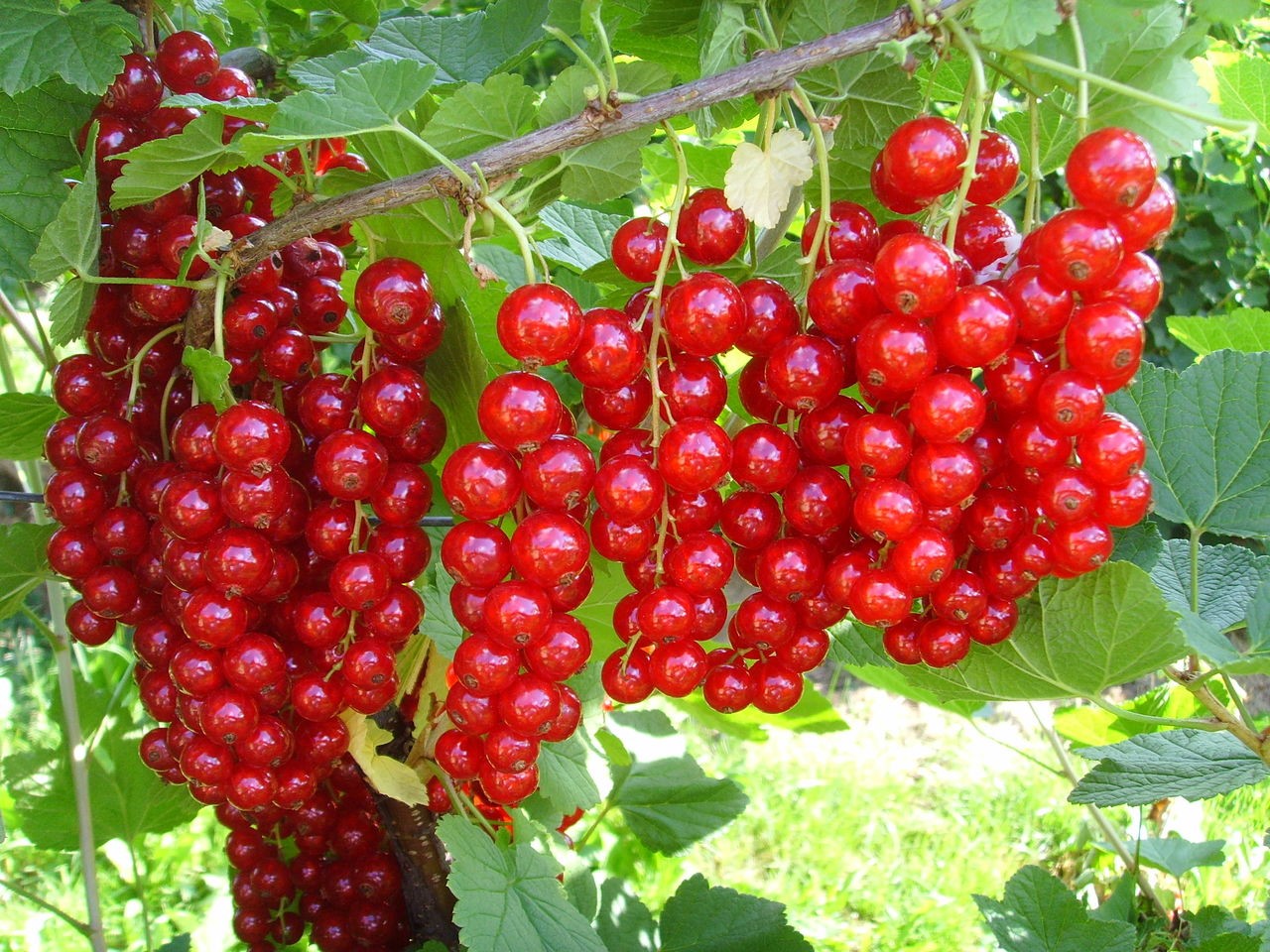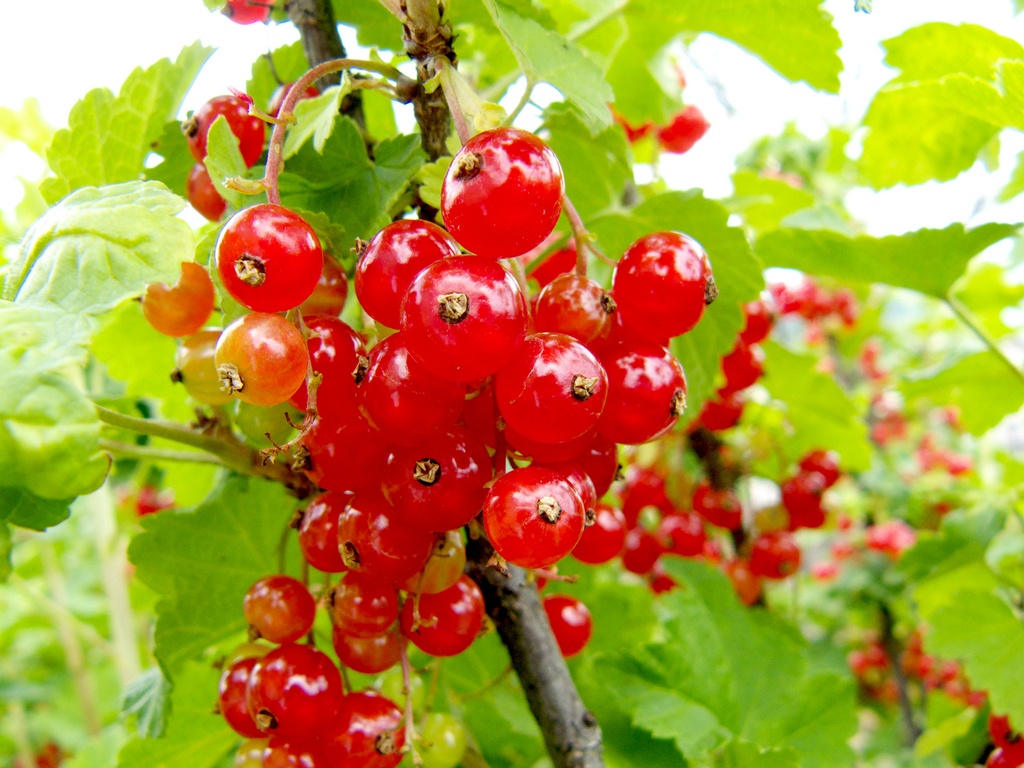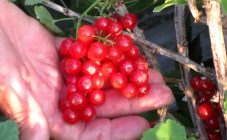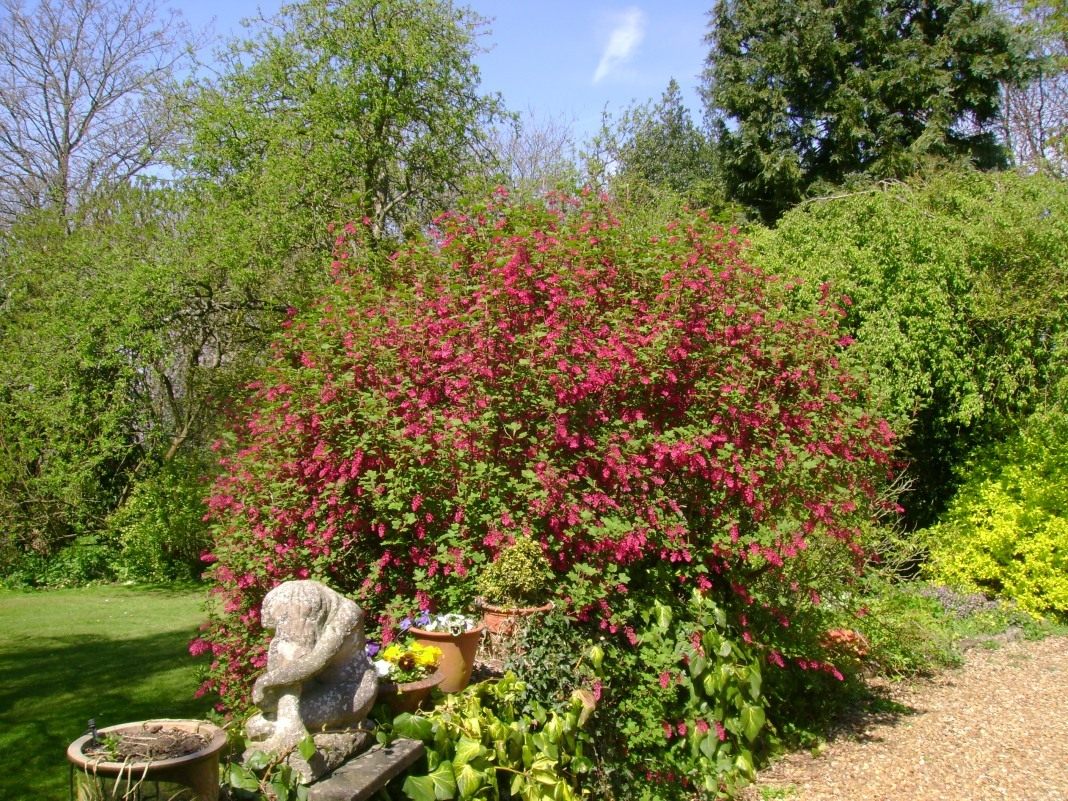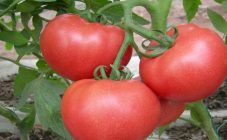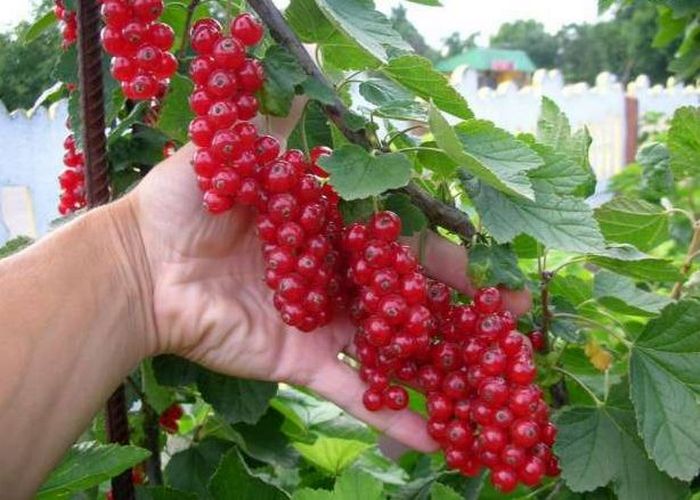Content:
At each summer cottage, a place is allocated for planting currants. There are many types and varieties of this culture, for every taste. But it is very important to choose the right one. The red currant variety Tatiana was bred not so long ago, but many gardeners have already fallen in love with it for its unique taste and good yield.
History of creation
The variety was bred in 2006, already in 2007 it was added to the State registers of cultivated crops in Russia. The variety was bred to a greater extent for regions that are subject to frequent temperature changes, especially in the northern zone. To obtain a new currant, red Victoria (variety) and Kandalaksha (hybrid) were crossed.
Red currant Tatiana: variety description
In terms of ripening, this type of currant belongs to the mid-season. Despite the fact that the shrub is vigorous, it grows quite compactly, in comparison with others.
The shoots of the variety are medium in length, but thick, slightly pubescent. The color of the bark is brown. The leaves are quite large, green in the upper part, light green in the lower.
The shape of the buds is ovoid, the size is small, like the trunk, they are slightly pubescent. Whitish pubescence can be observed on each leaf; it is present both in young leaves and in adults. Each leaf is divided into three blades, slightly resembling grape leaves. They all sit on long, pinkish petioles.
Flowers are formed on the bush, subtle (faded colors), so they are large in the variety. Flowers are collected in 10-15 pieces in one inflorescence - a brush. Most often, just such a number of berries are tied on it, it is very rare when the flowers fall off without an ovary.
After ripening, the berries have a mass of 0.5 to 0.8 grams each, bright red, rounded in shape. A slight pubescence of a light color is observed on the surface of the skin. In terms of taste, this currant received a mark - 4.5 points. It has a pleasant and delicate aroma and taste with a slight sourness. Each berry has a thin brown stalk. On average, 5-6 kilograms are harvested from one currant bush.
The natural conditions, taking into account which the Russian variety was bred, are rather unstable. Very sharp drops in temperature in spring or thaws in the middle of the cold period have a deplorable effect on the condition of plants, which die due to such instabilities. Tatiana is not afraid of such drastic changes in temperature. It is also resistant to long-term rainfall in winter as well as autumn and spring. Strong winds in the demi-season do not greatly affect the condition of the shrub, and during the pollination period, they do not disrupt the natural process.
During the selection process, the fact that the plant is prone to many fungal diseases was also taken into account. Therefore, scientists have worked on the immunity of the variety in order to increase it, making it resistant to diseases and pests. At the same time, not only the general condition of the shrubs has improved, but also the ability to bear fruit in adverse environmental conditions.
Flowering, ovary formation and fruiting
In the bulk, Tatyana belongs to a mid-season variety, but in some (northern) regions it blooms much later, respectively, and also bears fruit.
The main mass flowering occurs in May (approximately from the 10th to the end of the month), in the zone with more severe weather conditions, currants can bloom in June. A couple of weeks after the start of mass flowering, ovaries begin to form.
Depending on when the flowering began, fruiting also soon begins, and, accordingly, the harvest (from late July to late August).
Disadvantages and advantages of the variety
Despite the fact that, in comparison with other varieties, Tatyana has a very large number of positive characteristics, she still has a number of disadvantages.
Positive aspects of growing a crop:
- a high rate of taste;
- resistance to most pests and diseases;
- spontaneous pollination;
- resistance to sharp and prolonged changes in temperature, as well as prolonged precipitation;
- low yield loss (practically does not crumble after ripening).
The negative side of currant cultivation:
- small fruit;
- low productivity in the northern regions.
It is recommended not to abuse the berries for patients whose diseases are associated with the gastrointestinal tract, hepatitis, low blood clotting.
Agrotechnical requirements
Before planting a plant, you need to choose good seedlings. The choice depends on how soon it begins to bear fruit. A young shrub should have a well-formed rhizome - from 15 cm.
Preparing for landing
Before planting, the root system is processed with a clay mash. This prevents infection of the roots with diseases and possible rotting. Also, this procedure will help keep the roots from drying out.
The aerial part should be free of dried and damaged shoots. The height of the plant should be from 30 to 35 cm. Each of the reddish shoots should have at least 2-3 buds.
Site and soil selection
It is advisable to plant currants on a small hill and in a well-lit place. The shrub prefers a fairly loose soil, loamy or sandy loam. The culture is not particularly demanding in terms of nutrients, but if the deficiency is very large, it can lose some of the fruits.
Landing time and pattern
Shrubs can be planted in spring and autumn. If the growing season begins very early in plants, it is better to postpone planting until it ends, so as not to disrupt the development of currants.
Two to three weeks before planting, a hole is dug in the form of a square 60 * 60 cm, 40 centimeters deep. Humus is introduced to the very bottom - 1.5-2 buckets. Immediately before planting, it is mixed with the soil, mineral fertilizers are added. The bush is placed in a hole and covered with soil, then watered.
Planting care
Regular watering and loosening are a must. After fruiting, the plants are examined, and the shoots are cut, leaving 25-30 centimeters from the ground, there should be at least 2-3, and preferably 4-5 buds on the stem.
In the process of growing, it is necessary to monitor the state of moisture in the soil so that the earth does not dry out.It is best to mulch the area around the shrubbery to trap moisture in the soil. Hay or straw, dry peat can be used as mulch.
Top dressing
At the beginning of the growing season, in the second year after planting, a complex fertilizer with micronutrient fertilizers is applied. It is best to choose those that contain a higher percentage of nitrogen. It is he who activates the growth of the shrub and the formation of new shoots.
You can even feed it with simple ammonium nitrate, at a dosage of 1.5-2 centers per hectare.
In the process of preparing plants for a dormant period (autumn), they must be fed with potassium and acidic phosphorus fertilizer. The approximate consumption of fertilizers is 2-2.5 centners per hectare (phosphorus), potassium (1-1.5 centners per hectare).
Tatiana is one of the best red currant varieties. On demand, it looks like a black species, but it is grown not in the lowlands, but on the hills. Tatiana does not need numerous treatments against diseases, like other varieties. At home, it is enough to regularly check the plant and, as a preventive measure, sprinkle the bushes with ash or spray with soapy water.
